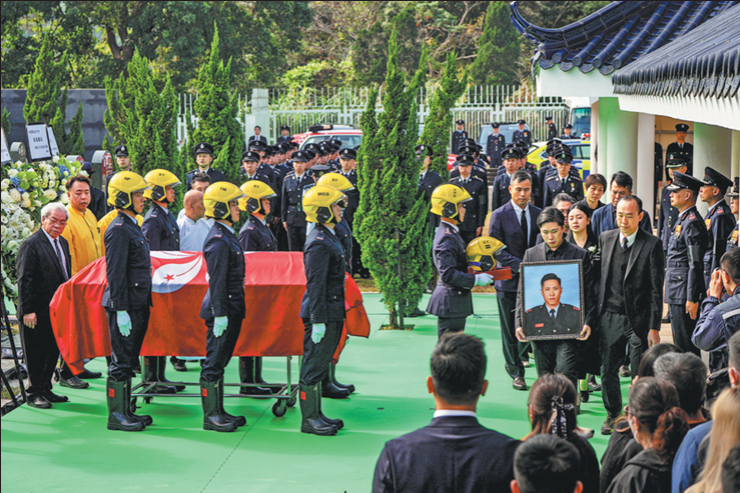Acupuncturists in California: Reform training
By Lia Zhu in San Francisco | China Daily USA | Updated: 2018-02-23 16:43

Acupuncturists in California are pushing for legislation to reform training in an effort to preserve the profession, which has been in decline.
As a key component of traditional Chinese medicine, acupuncture has been practiced in China for more than 2,000 years to treat or prevent health problems. But it was not uncommon for acupuncturists to be arrested and prosecuted for engaging in the practice in California before it was regulated in 1975.
The state has 11,477 licensed acupuncturists today, about one-third of the nation's total. There are more than 60 Chinese medicine schools that offer acupuncture training in the country, and half of those are in California.
"More than 40 years has passed since the practice was authorized in California, but acupuncture is still seen as a lesser profession. It's time to better prepare the acupuncturists to work in the medical mainstream," said Michelle Lau, president of the Council of Acupuncture and Oriental Medicine Associations.
Many acupuncture schools are little more than "diploma mills", and few students receive any meaningful exposure to working with mainstream medicine providers, according to a memo from an acupuncture stakeholders meeting hosted by California Assembly Member Evan Low early this month.
The acupuncturists prefer to work in cash practices, and most of them don't purchase insurance, Lau said.
Charges for acupuncture service can range from $65 to $150 per session, with a session usually lasting 45 minutes to an hour.
"Novice acupuncturists have a tough time. They have fewer patients and resources compared with their counterparts in China," Lau said. "Many of them were discouraged and left the profession."
The workforce has been in decline since 2009. School enrollment has dropped as much as 50 percent, and a large proportion of acupuncturists leave the profession between five and 10 years in, according to the memo.
The advocates are seeking legislation to raise acupuncturists to the doctoral level after the completion of 4,000 hours of training. The current licensing process requires 3,000 hours in California.
They are calling on the state Legislature to reform didactic and clinical training to include significant hours in mainstream medical sites and reduce the number of acupuncture schools.
Low will hold another meeting with acupuncture stakeholders late this month in the capital Sacramento in preparation for next month's sunset review of the California Acupuncture Board, which is tasked with licensing and regulating the state's acupuncturists.
He said the acupuncturists need to have a unified voice to represent them. However, there are more than 10 acupuncturists' organizations in California.
























